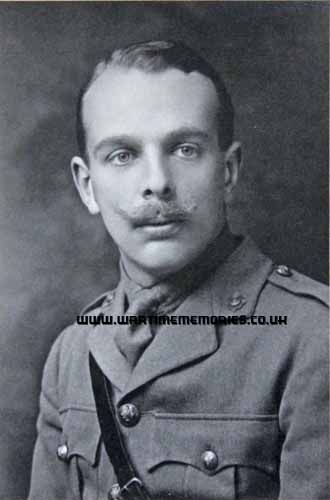|
|
|
Those known to have served with 7th/9th Battalion, Royal Scots during the Second World War 1939-1945. - Brown Joe.
- Watson John Lawrence Stuart. Lt. (d.29th November 1944)
The names on this list have been submitted by relatives, friends, neighbours and others who wish to remember them, if you have any names to add or any recollections or photos of those listed,
please
Add a Name to this List
Records of 7th/9th Battalion, Royal Scots from other sources.
|
|
|
The Wartime Memories Project is the original WW1 and WW2 commemoration website.
Announcements

- 1st of September 2024 marks 25 years since the launch of the Wartime Memories Project. Thanks to everyone who has supported us over this time.
- The Wartime Memories Project has been running for 25 years. If you would like to support us, a donation, no matter how small, would be much appreciated, annually we need to raise enough funds to pay for our web hosting and admin or this site will vanish from the web.
- 19th Nov 2024 - Please note we currently have a huge backlog of submitted material, our volunteers are working through this as quickly as possible and all names, stories and photos will be added to the site. If you have already submitted a story to the site and your UID reference number is higher than
264989 your information is still in the queue, please do not resubmit, we are working through them as quickly as possible.
- Looking for help with Family History Research?
Please read our Family History FAQs
- The free to access section of The Wartime Memories Project website is run by volunteers and funded by donations from our visitors. If the information here has been helpful or you have enjoyed reaching the stories please conside making a donation, no matter how small, would be much appreciated, annually we need to raise enough funds to pay for our web hosting or this site will vanish from the web.
If you enjoy this site
please consider making a donation.
Want to find out more about your relative's service? Want to know what life was like during the War? Our
Library contains an ever growing number diary entries, personal letters and other documents, most transcribed into plain text. |
|
Wanted: Digital copies of Group photographs, Scrapbooks, Autograph books, photo albums, newspaper clippings, letters, postcards and ephemera relating to WW2. We would like to obtain digital copies of any documents or photographs relating to WW2 you may have at home. If you have any unwanted
photographs, documents or items from the First or Second World War, please do not destroy them.
The Wartime Memories Project will give them a good home and ensure that they are used for educational purposes. Please get in touch for the postal address, do not sent them to our PO Box as packages are not accepted.
World War 1 One ww1 wwII second 1939 1945 battalion
Did you know? We also have a section on The Great War. and a
Timecapsule to preserve stories from other conflicts for future generations.
|
|
Want to know more about 7th/9th Battalion, Royal Scots? There are:1332 items tagged 7th/9th Battalion, Royal Scots available in our Library There are:1332 items tagged 7th/9th Battalion, Royal Scots available in our Library 
These include information on officers, regimental histories, letters, diary entries, personal accounts and information about actions during the Second World War. |
|
Lt. John Lawrence Stuart Watson 7th/9th Btn. Royal Scots (attached 5th Highland Light Infantry) (d.29th November 1944)  Lawrie Watson served with the Territorial 7th/9th Battalion, Royal Scots mobilised in Scotland in September 1939, the 7th/9th was briefly deployed to France with the 155th Infantry Brigade, alongside the 4th and 5th King's Own Scottish Borderers of the 52nd (Lowland) Infantry Division before the collapse of the French government, but was quickly withdrawn.
He was then attached to the 5th Battalion, Highland Light Infantry which landed in France as part of the 157th Brigade in the 52nd (Lowland) Division in June 1940. After evacuation from Cherbourg later in the month, they landed in Belgium in October 1944 and took part in Operation Infatuate in November 1944.
The 5th Battalion remained at Bergen-op-Zoom till 25th November, performing much necessary maintenance to equipment and person and generally resting after its labours on Beveland and Walcheren.
On 25th November it moved to Waalwijk on the south bank of the River Maas, taking over from the Algonquin Regiment, 1st Canadian Army.
Waalwijk was an extraordinary sector in many ways. It was the front line, the enemy held the north bank of the river, yet the town was full of civilians and, by day, everything was very normal and peaceful. Between them and the river stretched a flooded polder about three quarters of a mile across. This was perfectly flat, and the village was under direct enemy observation, but the houses themselves, which were continuous, screened any movement by troops. Oddly enough the enemy never shelled them.
At night the situation was rather different. Every night at least one patrol was sent out to recce the bank of the Maas. On the night of 29th November my grandfather was killed on patrol, probably by a fixed-line machine gun and although subsequent patrols attempted to locate and recover his body this was not accomplished till the night of 2nd December.
|
Recomended Reading.Available at discounted prices.
|
|
|








